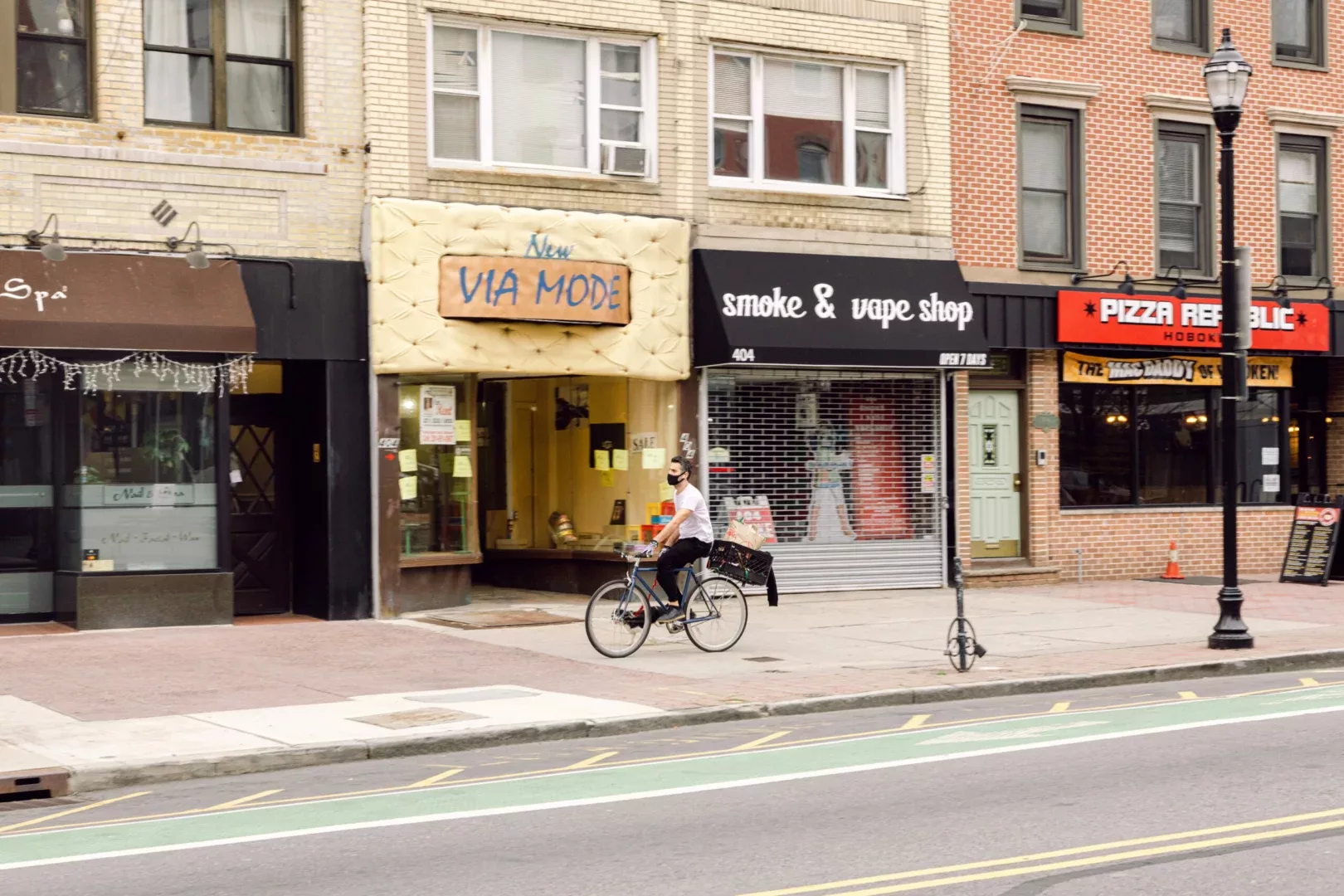The death of an elderly pedestrian in Hoboken, New Jersey in 2017 spurred city leaders to remove street parking spaces in a bid to end traffic fatalities.
According to APNews.com, for the last seven years, the city of nearly 60,000 people has reported resounding success: Not a single automobile occupant, bicyclist or pedestrian has died in a traffic crash since January 2017, elevating Hoboken as a national model for roadway safety.
Mayor Ravi Bhalla was a City Council member in 2015 when a van struck 89-year-old Agnes Accera as she crossed Washington Street in the bustling downtown business district. Bhalla didn’t know Accera but attended her wake and said her death inspired him to push for better safety.
“I felt it wasn’t acceptable,” Bhalla said. “Our seniors, who we owe the greatest duty of safety to, should be able to pass that street as safely as possible. For her to actually be killed was a trigger that we needed to take action.”
Since being elected Mayor in 2018 Bhalla and the city fully committed to Vision Zero: a set of guidelines adopted by numerous cities, states and nations seeking to eliminate traffic deaths. Proponents believe no accident is truly unavoidable and even want to do away with the word “accident” altogether when describing roadway fatalities.
Sweden originated the concept more than a quarter-century ago, and U.S. Transportation Secretary Pete Buttigieg touted Hoboken in 2022 when announcing his department would follow Vision Zero guidelines. Major U.S. cities including New York, Minneapolis, San Francisco, Baltimore and Portland, Oregon, have integrated aspects of the program into their safety plans, including at least some form of daylighting, the term for the removal of parking spaces near intersections to improve visibility.
(Picture – Dreamstime)






















